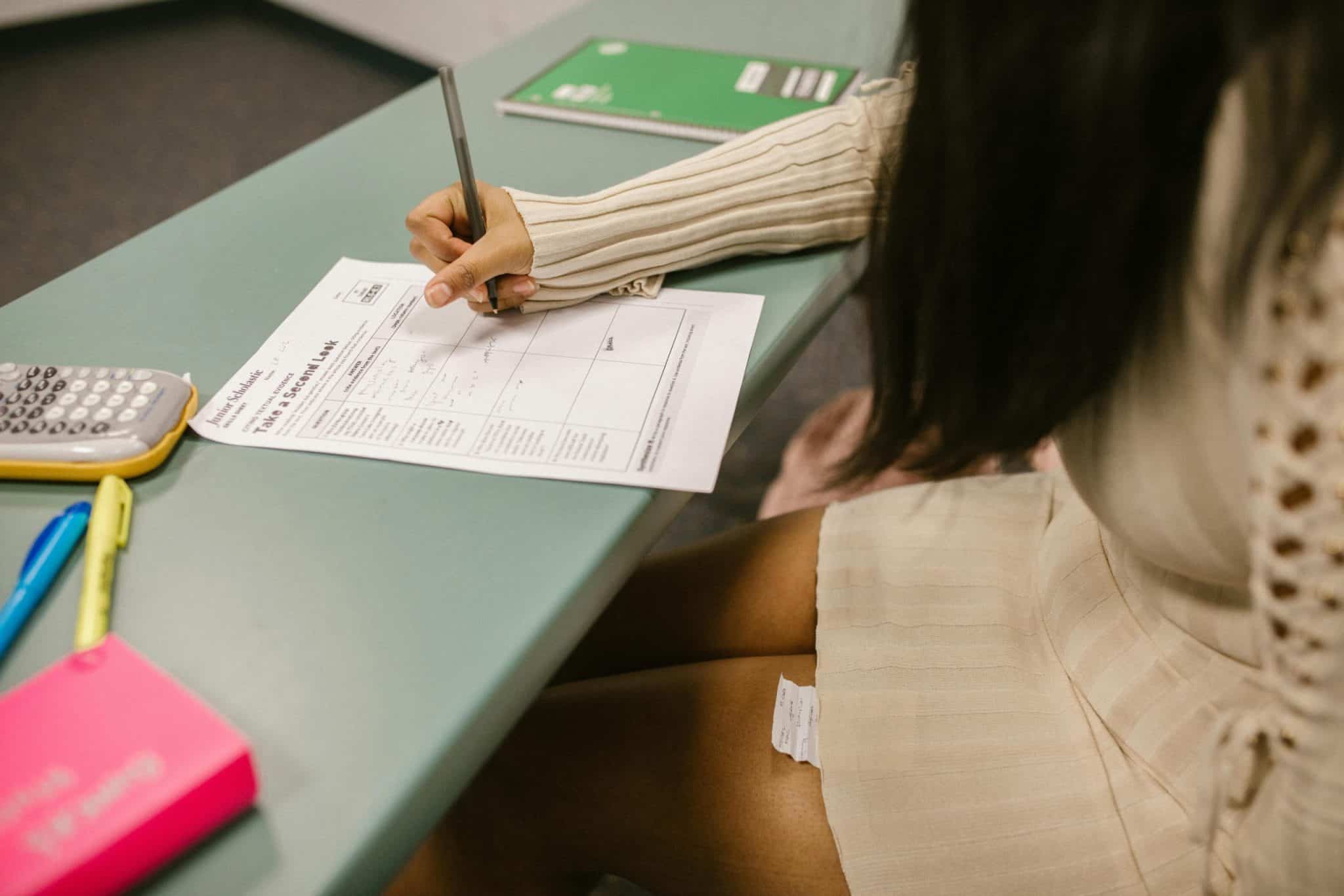Assessment Strategies for Standards-Based Education: Measuring Progress
If there’s one thing that educators can agree on, it’s the importance of assessing student progress. But in today’s education landscape, where standards are constantly changing and evolving, traditional assessment methods may not be enough. That’s where standards-based education comes into play. By aligning assessments with specific learning standards, educators can gain a deeper understanding of student performance and track progress in a more meaningful way. In this article, we’ll delve into assessment strategies for standards-based education, specifically focusing on the vital task of measuring progress. So, let’s explore the different approaches and tools that can help educators effectively measure student progress in a standards-based education system.
Understanding Standards-Based Education
Before diving into assessment strategies, it’s important to have a clear understanding of what standards-based education is all about. In a nutshell, standards-based education is an approach that focuses on clearly outlining and defining specific learning objectives and expectations for students at each grade level. These standards serve as a roadmap for educators, guiding them in what content to teach and the skills students should attain.
One of the key benefits of standards-based education is its emphasis on mastery. Unlike traditional grading systems that focus on averages, standards-based education measures a student’s understanding and achievement of specific skills and knowledge. This allows educators to identify knowledge gaps, address individual needs, and ultimately help students reach mastery.
The Importance of Measuring Progress in Standards-Based Education
As mentioned earlier, the ultimate goal of standards-based education is to help students reach mastery of specific skills and knowledge. This makes measuring progress a crucial part of the education process. By understanding where students are in relation to the learning standards, educators can adjust instruction and interventions to support students in reaching their full potential.
In addition, measuring progress provides valuable data not only for educators but also for students and parents. It allows for a more transparent and objective way of tracking performance, giving students a clear understanding of their strengths and weaknesses and outlining areas for improvement. Moreover, parents can use progress data to stay informed about their child’s academic growth and provide support at home.
Assessment Strategies for Measuring Progress in Standards-Based Education
1. Formative Assessments
Formative assessments are ongoing and informal assessments that take place during the learning process. These assessments serve as a check-in for students and teachers, giving them insight into where students are in their understanding and allowing for adjustments in instruction. In standards-based education, this could be in the form of quizzes, exit tickets, or class discussions.
2. Summative Assessments
Summative assessments are more formal evaluations of student learning that take place at the end of a unit or course. These assessments can be used to measure progress against specific learning standards, providing a comprehensive picture of student achievement. Examples of summative assessments in standards-based education include unit tests, performance tasks, and standardized tests.
3. Student-Led Conferences
Involving students in the assessment process is a key component of standards-based education. Student-led conferences, where students lead discussions around their progress and set goals with their teacher and parents, are an effective way to engage students in their learning. This approach encourages self-reflection and goal-setting, helping students take ownership of their progress.
4. Tracking Tools
With the rise of technology, there are now numerous tracking tools available to help educators measure student progress in a standards-based education system. These tools allow for the collection and analysis of data, making it easier for educators to track individual student progress, identify trends, and make data-driven decisions. Examples of tracking tools include gradebooks, progress monitoring software, and learning management systems.
Incorporating Assessment Strategies in Standards-Based Education
Implementing effective assessment strategies in standards-based education requires a shift in mindset and practices. To ensure success, educators should collaborate and align their assessment practices with the learning standards. This involves clearly articulating the learning objectives, creating assessments that match those objectives, and using data to guide instructional decisions.
Additionally, it’s essential to involve all stakeholders, including students and parents, in the assessment process. By fostering a culture of continuous learning and improvement, educators can create an environment that supports student progress and achievement.
Final Thoughts
In today’s education landscape, where standards are constantly changing and evolving, assessment strategies must also adapt to effectively measure progress. By incorporating formative and summative assessments, involving students in the assessment process, and utilizing tracking tools, educators can accurately and meaningfully measure progress in a standards-based education system. So, let’s continue to strive for progress over perfection and provide our students with the best opportunities for learning and growth.



